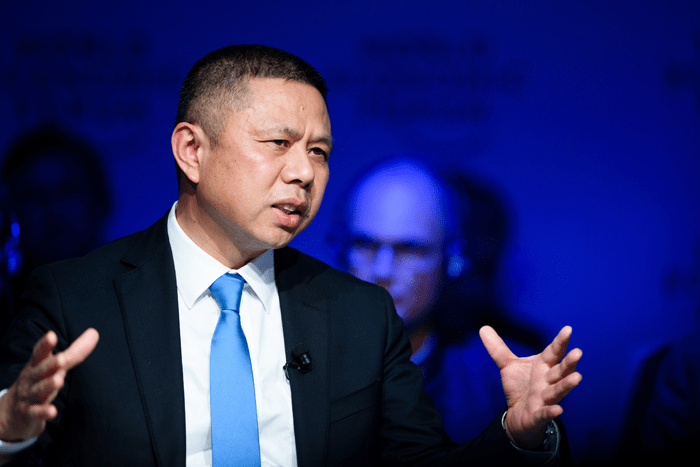Gao Jifan, chairman of the global PV and smart energy solutions provider Trina Solar, has told his global peers about the way in which he sees the industry heading in early December.

Gao talked of n-type technology trend, the high value of 210 mm n-type i-TOPCon solar cells and modules, the value of the industry chain and ecology, and the ways in which Chinese PV manufacturers can remain competitive.
Following is a summary of what Gao told the conference.
Industrial trend: Industrialization of n-type high-efficiency modules has taken shape
As the PV industry continues its path of constant upgrading, PERC is approaching the upper limits in efficiency, and the industry is showing a clear preference for n-type modules. We can say confidently that over the next three to five years the tech of n-type will supplant the p-type in the realm of high-efficiency modules. Indeed, the industrialization of n-type modules is already well and truly underway. At present, mass produced 210mm n-type cells achieve an average conversion efficiency of more than 25%, and those with a 26% rate will soon be in mass production.
This year our 210mm n-type 595W, 690W and other products have made their debut globally, with power 75W higher and LCOE 1.5% lower than those of counterparts on the market. We are likely to have modules exceeding 700W in the near future.
PV technology: Users always need to be front and center
Two principles are paramount in developing PV technology:
The first is customer value. In this, LCOE is a highly important consideration. BOS costs vary in different countries, and this produces different customer demands. We provide products in line with their needs.
The second is the value of the industry chain. For the existing 210mm Vertex technology based on PERC technology and the coming 210mm n-type technology, the key to industrialization lies in the integrated industry chain. This ranges from raw materials to finished equipment, and particularly where higher requirements are concerned, the techniques used in producing the likes of wafers, silicon materials, machinery and other equipment are critical.
N-type high-efficiency modules may first be used in the market with higher BOS costs to help maximize customer value.
A coordinative ecosystem helps n-type technology to reach critical point of cost-effectiveness
The industrialization of n-type technology does not simply rely on the modules themselves, but is the result of the cultivation and development of the whole industry chain ecology. The n-type i-TOPCon cells have taken the lead in product capacity for their overall cost-effectiveness, something that customers appreciate. Since the new n-type cell technology has higher requirements for crystalline silicon wafers, silicon materials, thinner silicon wafers and the longevity of modules, the industry chain needs to be integrated well and better coordinated among segments to deliver more benefits to all parties.
The compatibility of the advanced 210mm n-type technology platform will facilitate this. Both new and existing equipment can be connected and upgraded, which is important to manufacturers as well as customers.
Collaboration and openness the pathway to a zero-carbon world
PV plays an important role in energy transformation and carbon neutrality. The search for enhanced supply chain security is being given higher priority in many countries. Localization and globalization of the PV industry worldwide will simultaneously become an important trend, affecting the progress of the global new energy industry.
One way of dealing with a world of uncertainties and constant change is openness and cooperation, and that is something Trina Solar strives for. After 25 years of dedication, it will also continue to strive to develop products of higher value, provide better solutions, and work with global partners to build a complete and well-developed PV ecology, and lead the world in achieving carbon neutrality.


